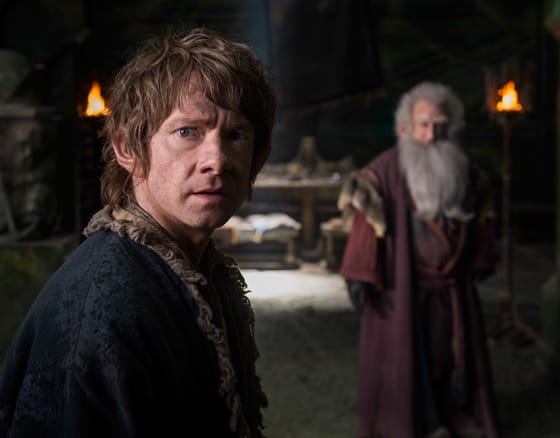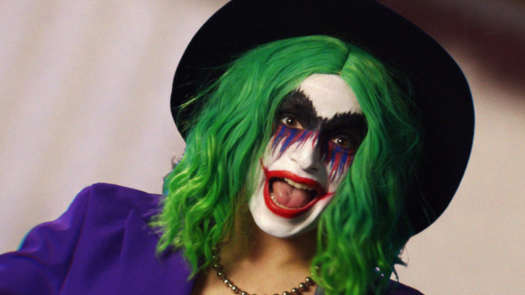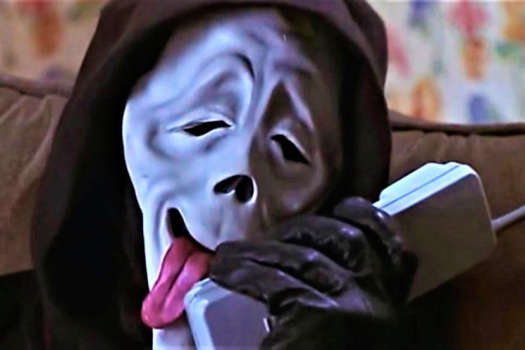The official hashtag being used to promote the third instalment of director Peter Jackson's The Hobbit trilogy is #onelasttime. It's been 13 years since the first film of Jackson's last trilogy set in Middle Earth, The Lord of the Rings: The Fellowship of the Ring, was released, and there is a sense of finality in the way the film is being marketed that imbues The Battle of the Five Armies with even more poignancy for devoted fans of Jackson's adaptation of Tolkien's novels.
The hashtag hints at what makes this final instalment stand out beyond the extraordinary effects and attention to the details of world-building that have made both trilogies what they are: It's the heart of the film, the emotional core of the story that comes to the fore that makes it both the strongest and most genuine yet from the Hobbit franchise.
The film begins with the destruction and violence promised by the end of The Desolation of Smaug, with the fire drake (voice and motion-captured by Benedict Cumberbatch) raining death and destruction down on Laketown in retaliation for the dwarves of Erebor (led by Thorin Oakenshield [Richard Armitage] and accompanied by Bilbo Baggins [Martin Freeman]) attempting to take back the mountain kingdom Smaug stole from them 60 years ago.
A battle with a dragon would seem the climax of the three films, but in the case of The Battle of the Five Armies, it's only the beginning of the conflict. It's not the dragon that is the true antagonist of the film, though Smaug is a wonderful villain; it's greed, and the value of gold and pride above friendship and loyalty, that truly looms above the denizens of Middle Earth and threatens to bring about the ultimate failure of the quest.
The film, both individually and as part of a trilogy, does an excellent job setting up the events to follow in the Lord of the Rings films, giving more detail to Sauron's return to power and his calling together of the nine ring wraiths. Galadriel's (Cate Blanchett) power and purpose are given more flesh and depth; we see Elrond [Hugo Weaving] as a younger and more active elf lord rather than the dour counsellor he becomes, happy to pick and slay some orcs himself; and we see Saruman (Christopher Lee) in his full glory as the White Wizard before Sauron ultimately corrupts his heart.
There are two kinds of viewers of The Hobbit trilogy: those who complain that stretching this story arc into three films is excessive and unnecessary, and those who ardently wish for a nine-film adaptation of The Silmarillion. The Battle of the Five Armies unquestionably rewards the latter.
As much it's thrilling to watch the personalities, egos and armies move into place, setting up the climactic and multi-fronted battle from which the film draws its title, it's the relationships in the movie that makes The Battle of the Five Armies beautiful. It's the friendship between Bilbo and Thorin that is deeply tested and ultimately survives; it's the love that grows between the elf warrior Tauriel (Evangeline Lilly) and Kili (Aidan Turner), and the love that Legolas (Orlando Bloom) and Tauriel also bear for each other (Tauriel straight-up has two boyfriends for the entire film); and it's in Gandalf's (Ian McKellen) unshakeable faith in the good heart of the hobbit he's chosen for this impossible journey.
As Gandalf says back in An Unexpected Journey, "It is the small everyday deeds of ordinary folk that keep the darkness at bay. Small acts of kindness and love." It's these small moments that make The Battle of the Five Armies more that a mind-blowing fantasy epic; it gives the film a soul.
(Warner Bros.)The hashtag hints at what makes this final instalment stand out beyond the extraordinary effects and attention to the details of world-building that have made both trilogies what they are: It's the heart of the film, the emotional core of the story that comes to the fore that makes it both the strongest and most genuine yet from the Hobbit franchise.
The film begins with the destruction and violence promised by the end of The Desolation of Smaug, with the fire drake (voice and motion-captured by Benedict Cumberbatch) raining death and destruction down on Laketown in retaliation for the dwarves of Erebor (led by Thorin Oakenshield [Richard Armitage] and accompanied by Bilbo Baggins [Martin Freeman]) attempting to take back the mountain kingdom Smaug stole from them 60 years ago.
A battle with a dragon would seem the climax of the three films, but in the case of The Battle of the Five Armies, it's only the beginning of the conflict. It's not the dragon that is the true antagonist of the film, though Smaug is a wonderful villain; it's greed, and the value of gold and pride above friendship and loyalty, that truly looms above the denizens of Middle Earth and threatens to bring about the ultimate failure of the quest.
The film, both individually and as part of a trilogy, does an excellent job setting up the events to follow in the Lord of the Rings films, giving more detail to Sauron's return to power and his calling together of the nine ring wraiths. Galadriel's (Cate Blanchett) power and purpose are given more flesh and depth; we see Elrond [Hugo Weaving] as a younger and more active elf lord rather than the dour counsellor he becomes, happy to pick and slay some orcs himself; and we see Saruman (Christopher Lee) in his full glory as the White Wizard before Sauron ultimately corrupts his heart.
There are two kinds of viewers of The Hobbit trilogy: those who complain that stretching this story arc into three films is excessive and unnecessary, and those who ardently wish for a nine-film adaptation of The Silmarillion. The Battle of the Five Armies unquestionably rewards the latter.
As much it's thrilling to watch the personalities, egos and armies move into place, setting up the climactic and multi-fronted battle from which the film draws its title, it's the relationships in the movie that makes The Battle of the Five Armies beautiful. It's the friendship between Bilbo and Thorin that is deeply tested and ultimately survives; it's the love that grows between the elf warrior Tauriel (Evangeline Lilly) and Kili (Aidan Turner), and the love that Legolas (Orlando Bloom) and Tauriel also bear for each other (Tauriel straight-up has two boyfriends for the entire film); and it's in Gandalf's (Ian McKellen) unshakeable faith in the good heart of the hobbit he's chosen for this impossible journey.
As Gandalf says back in An Unexpected Journey, "It is the small everyday deeds of ordinary folk that keep the darkness at bay. Small acts of kindness and love." It's these small moments that make The Battle of the Five Armies more that a mind-blowing fantasy epic; it gives the film a soul.




